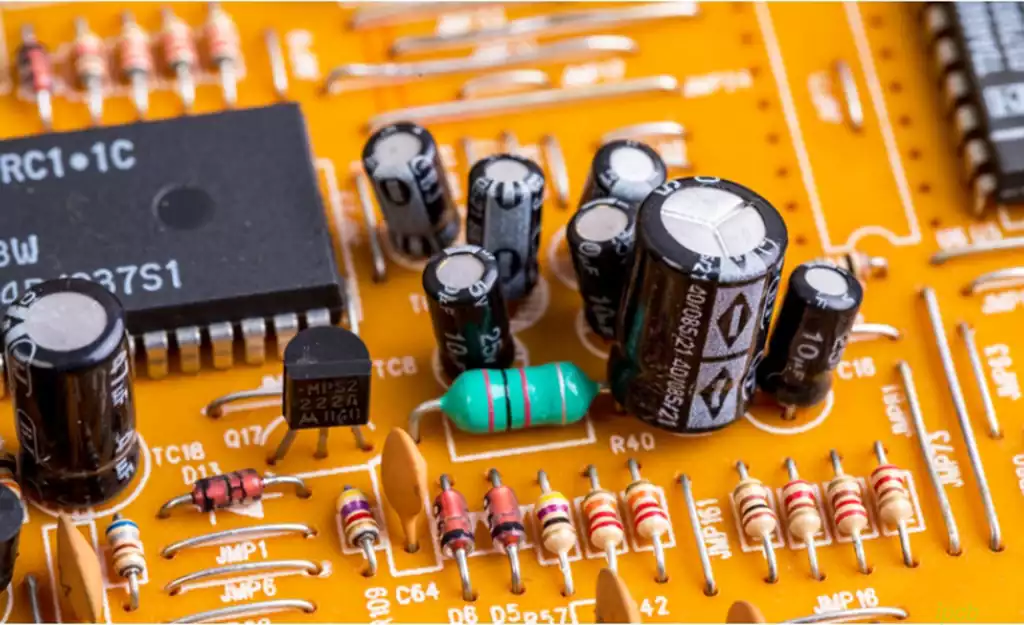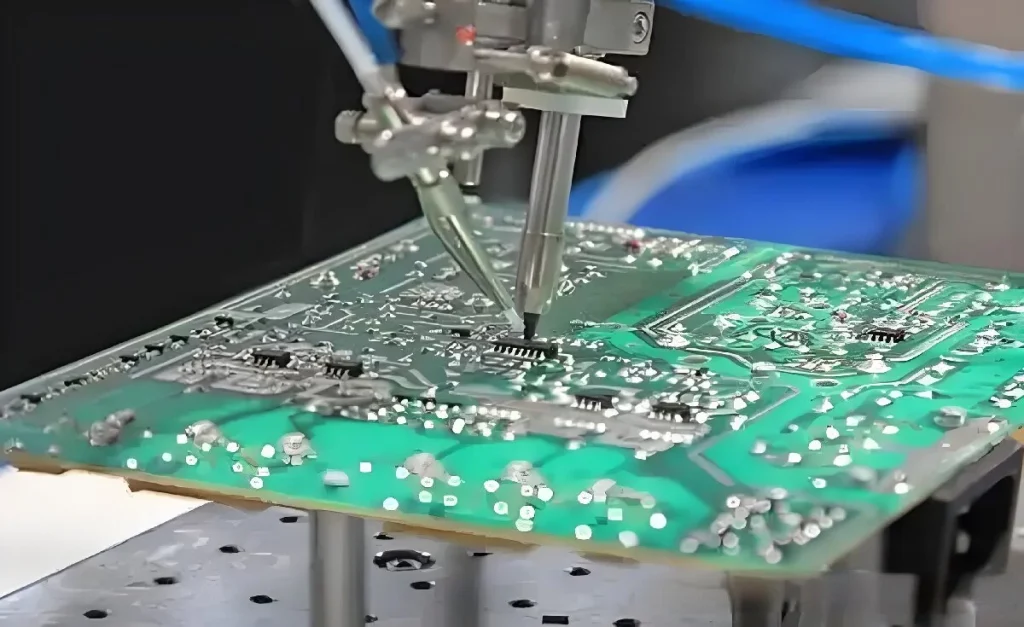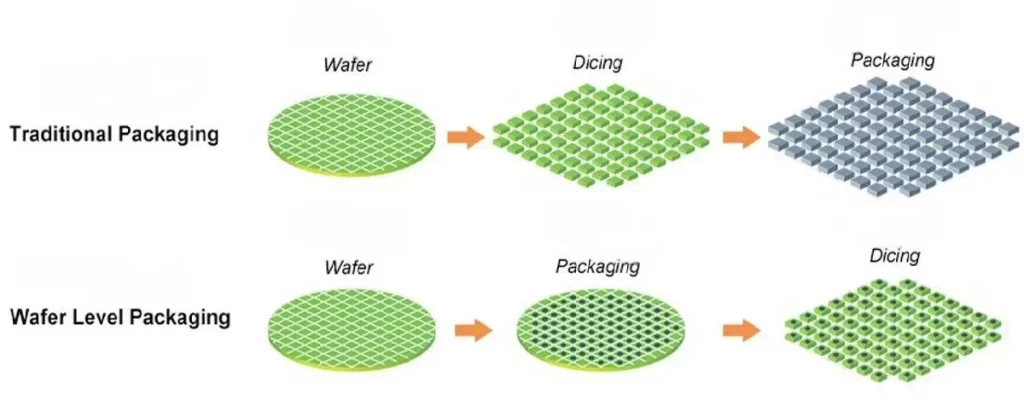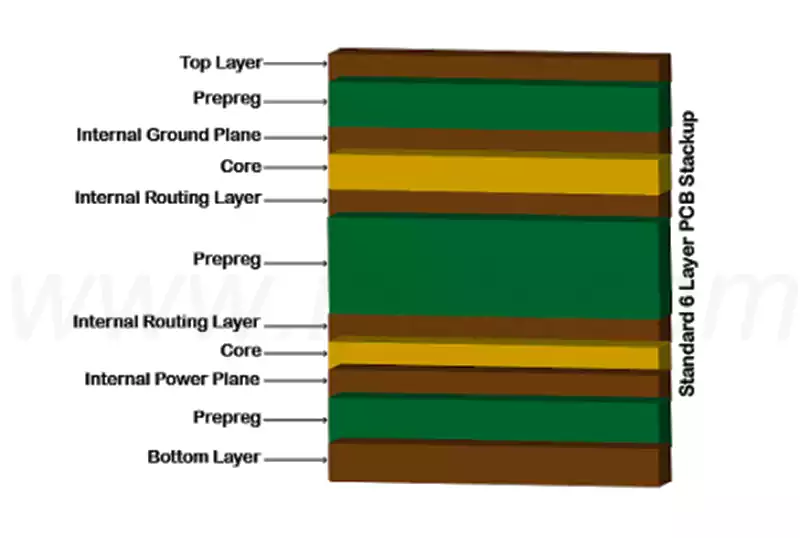Transistor circuit board is a common type of circuit board used in electronic products, using transistors as the main component, and can be used for a variety of circuit applications such as amplification, switching, and modulation. A transistor is a semiconductor device that is special in that it can control the flow of large signals through small signals to control and amplify circuits.
Transistor substrates offer several advantages. First of all, it has a very delicate manufacturing process that allows for highly integrated, small-sized designs. As a result, transistor substrates can accommodate more transistors and other devices in a limited space, improving the performance of electronic devices. Secondly, transistor substrates have good electrical conductivity and stability, which can effectively conduct electronic signals and maintain long-term stability. In addition, transistor substrates have strong heat and corrosion resistance and are suitable for a variety of environmental conditions.
Transistor Layout Optimization
Layout refinement: Transistor layout refinement is the key to improving board performance. Designers need to consider each transistor’s function, characteristics, and the interactions between them. For example, switching transistors should be located close to the loads they control, while amplifier transistors need to be placed in areas where noise is minimized.
Modularity of Layout: Laying out transistors and related components in a functional modular fashion not only helps optimize the performance of the circuit board,but also simplifies the design and debugging process. Modular design makes the board cleaner and easier to locate and fix problems as they arise.
Layout for future compatibility: As technology continues to advance, the size and performance of transistors are constantly changing. Designers should consider possible future upgrades and replacements when laying out the board, leaving enough room for long-term use and upgrades.
Environmental adaptability of the layout: The transistor layout should also take into account the environment in which the board will operate. For example, in the high temperature or high humidity environment of the circuit board, its transistor layout needs special consideration of heat dissipation and moisture problems.
Transistors have three regions: the P-type semiconductor region, the N-type semiconductor region, and the region of the P-N junction. the P-type semiconductor region has a reduced number of electrons in the material, while the N-type semiconductor region has an increased number of electrons in the material. When the P-type and N-type regions are in contact, a P-N junction is formed. In the region of the P-N junction, electrons flow from the N-type region to the P-type region while holes flow from the P-type region to the N-type region. This flow is called drift flow.

The operation of a transistor is based on the electrical properties of the P-N junction. When a positive voltage is added to the P-type region and a negative voltage is added to the N-type region, a reverse bias is formed at the P-N junction and the transistor is turned off. When a negative voltage is added to the P-type region and a positive voltage is added to the N-type region, a forward bias is formed at the P-N junction and the transistor is in the on state.
The transistor is a semiconductor device with functions such as amplification,switching,voltage stabilization,etc.It is widely used in the field of electronics technology. Among them, the main application areas of transistors include the following:
- Communication field: transistors are widely used in radio communication, satellite communication, mobile communication and other fields, such as cell phones, TVs, radios and other devices have transistors in them.
- Computer field: transistors are an important part of computers, which are used to build circuits such as CPU, memory, input/output interfaces, etc., and are an important driving force for the development of computer technology.
- Control field: transistors can be used as switches, widely used in automation control, power control, lighting control and other fields, such as television sets, washing machines, air conditioners and other home appliances have the application of transistors.
- Lighting field: transistors can be used as drivers for LEDs, which are widely used in the lighting field, such as LED lamps, automobile lamps, street lamps and so on.
Transistor circuit board plays an indispensable role in electronic products with their unique advantages. Through refined layout and optimization, transistors are able to achieve efficient signal control and amplification in limited space, improving the performance of electronic devices. At the same time, transistors are able to adapt to a variety of complex environmental conditions due to their excellent electrical conductivity, stability, heat resistance and corrosion resistance.



